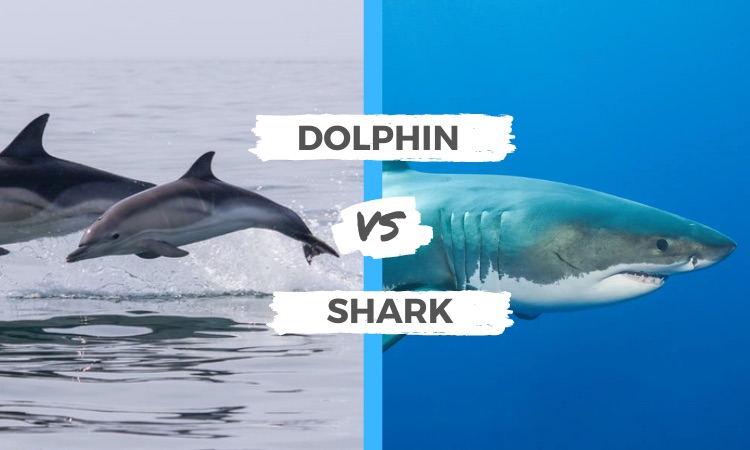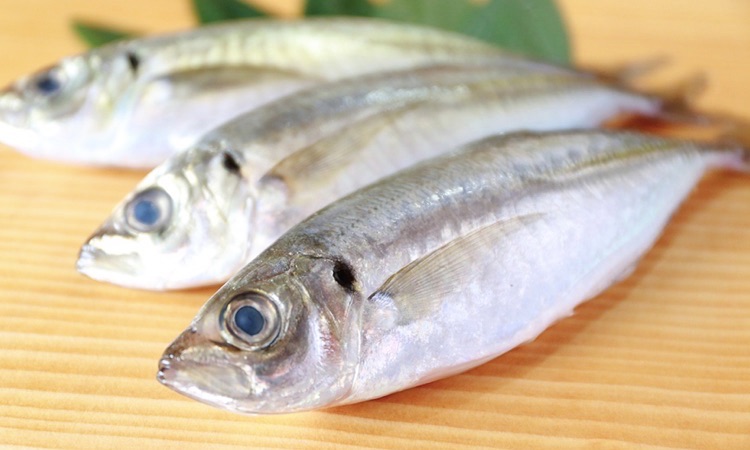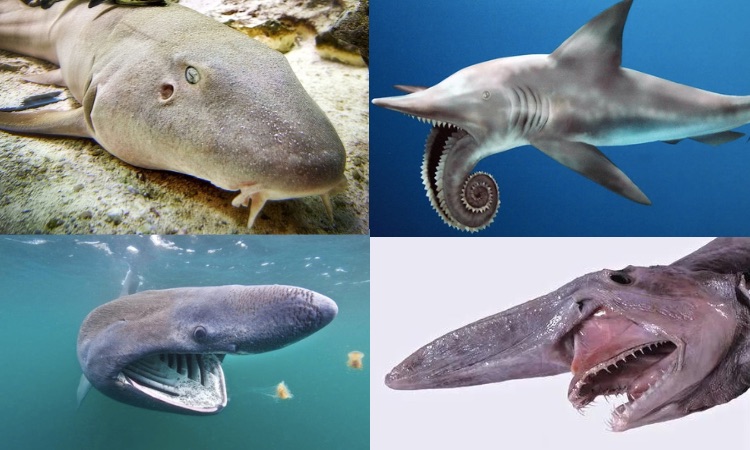While many shrimp are small, some can grow large enough to compete with the size of a prawn. Both shrimp and prawns are classified as decapod crustaceans. In some countries like the U.K., both seafood items are simply called prawns.
Prawns and shrimp differ in their bodily structure. Prawns have longer legs and three sets of claws, while shrimp have two pairs of claws on each side.
They also belong to the suborder of dendrobranchiata, are bigger, and are mostly found in freshwater as opposed to saltwater like most other shrimp.
Although shrimp belong to the pleocyemata suborder, they often times are smaller in comparison and live primarily in saltwater. Overall these two crustaceans have more similarities than differences. Read on to find which is the largest shrimp/prawn out there.
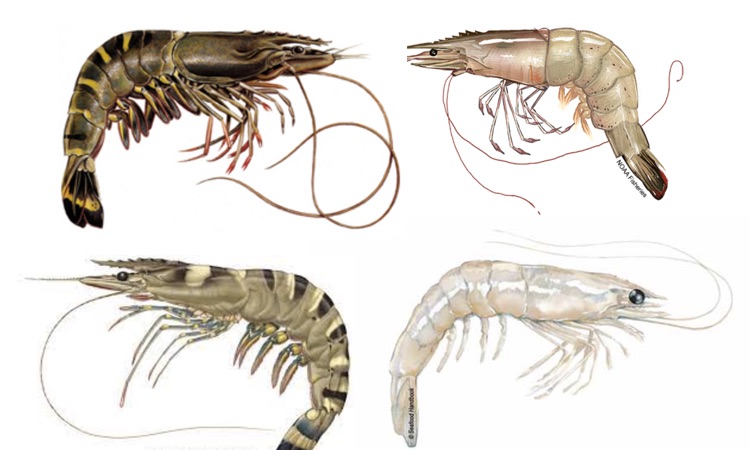
Mantis Shrimp
Mantis shrimp, also known as stomatopods, are a type of aggressive marine crustacean. Stomatopods split from other members of the class Malacostraca 340 million years ago.
Most mantis shrimp grow to be around 10 centimeters long, but some can get up to 38 centimeters in length. They are the biggest shrimp in the world.
The mantis shrimp’s carapace covers only the rear of its head and the first four segments of its thorax. Mantis shrimp come in many colors, from shades of brown to vivid hues, with over 450 known species.
Also known as “sea locusts” by ancient Assyrians, “prawn killers” in Australia, and more recently as “thumb splitters”—a nickname earned from the animal’s capacity to deliver painful wounds if handled clumsily.
Mantis shrimp boast terrifying raptorials that allow them to subdue and murder their prey through spearing, stunning, or dismembering. Some species have lethal calcified “clubs” while others sport equally deadly sharp forelimbs.
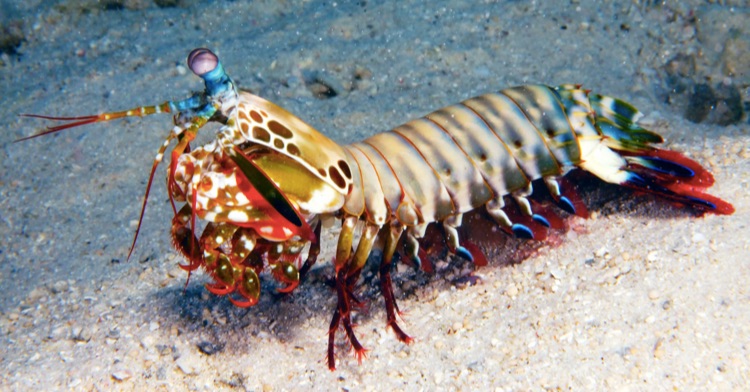
Giant Tiger Prawn
The giant tiger prawn is the biggest prawn globally and will get to about 33cm. People can find them in various water sources such as Southeast Asia, the Philippines, Australia, and even the United States.
They are hardly ever seen in America though because they’re an invasive species that got loose from farming farms. This type of prawn is a luxury item across different continents because of its large stature.
The giant tiger prawn is a large shrimp that can weigh up to 10 ounces. Its most noticeable features are the stripes running down its back, which can be black or orange and resemble those of a tiger. It prefers warm waters and has a lifespan of around 3 years. They are omnivorous, meaning they will eat decaying matter, plant material, and small invertebrates.
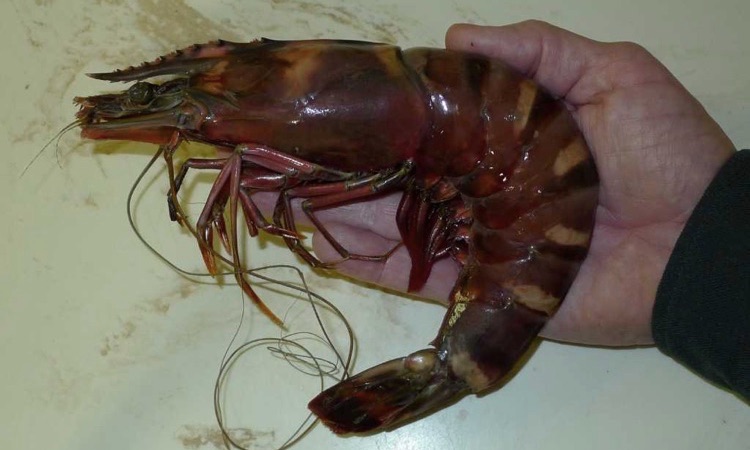
Giant Freshwater Prawn
The Giant freshwater prawn, which is among the largest prawns in the world and only found in tropical regions such as Indo-Pacific, India, Southeast Asia, and Northern Australia. It’s also known as Malaysian prawn or freshwater scampi.
Some freshwater prawns can grow as large 30cm. They typically have greenish or brownish gray bodies, with larger specimens having darker hues.
As they mature, freshwater prawns or giant river prawns will move from brackish to freshwater habitats. These animals have been introduced to many countries and are widely farmed.
This species mainly feeds off of zooplankton and oligochaete. It prefers shallow waters with detritus and vegetated areas, and during the day it often buries itself halfway in the sand for safety.
California Spot Prawn
California spot prawns reside in the depths of the Northern Pacific Ocean, typically between 46 and 488 meters below the surface. However, juvenile spot prawns prefer to live in shallower waters before eventually moving towards greater depths as they age.
Spot prawns can reach lengths of 25 to 30cm and weigh up to 0.25 pounds.The California spot prawn can have a lifespan of up to 6 years. Its diet consists of shrimp, plankton worms, and sea caresses.
Spot prawns are considered a delicacy by humans and are often served in high-end restaurants. Unlike other prawns, spot prawns are targeted and caught using specific traps. Large marine animals such as seals and octopus will also feed on this species in the wild.
Kuruma Prawn
The Kuruma prawn (also known as the Japanese tiger prawn) is found in all shallower European waters near sandy mud or muddy ocean floors.
The Pacific Southwest and Indian Ocean are the natural habitats of this species. They have been known to migrate great distances, and in recent years they have turned up in European waters.
Kuruma prawns are relatively large, averaging 25 to 30cm in length. Additionally, they can tolerate cooler water temperatures better than most other types of prawns.
Kuruma prawn brown stripes on a beige body with a blue-tinted tail. They are also easy to farm because they don’t have strict dietary requirements and can live in minimal water conditions.
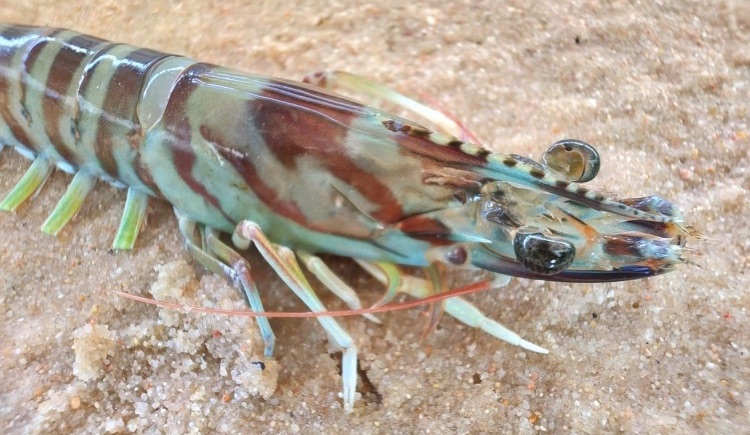
Eastern King Prawn
The Eastern King prawn is a commonly fished species near the coast of eastern Australia. This type of prawn has been eaten as a delicacy for over 50 years and is exported all around the world.
This species of large prawns can grow up to 30cm and reside in sandy, soft areas below 220m. Their tail is brightly colored with a rainbow hue. They consume plankton, small shellfish, worms and organic matter.
Pink Shrimp
The pink shrimp is a succulent seafood found in the east coast of America, as well as Bermuda and the Gulf of Mexico. It resides at depths from 2 to an impressive 70 meters below sea level! This creature can grow up to 28 centimeters or larger, making it quite a large shrimp.
Its many names include skipper, red shrimp, pink spotted shrimp, hopper and pink night shrimp. They are widely farmed in the U.S because they are considered one of tastiest species around!
This species lives on a diet of larvae and plankton. Finfish, minnows, water boatmen, and other shrimp feed on them. They have a lifetime of under two years and when mating they will lay around 500,000 to 1 million eggs.
King Prawn
King prawns, also known as white leg shrimp, are a type of seafood that live in the eastern part of the Pacific Ocean. They need waters to be at least 20 degrees Celsius (68 Fahrenheit) and inhabit depths of 78 meters.
White leg shrimp can only grow and reproduce optimally in these conditions. This species can grow up to 23cm long. White leg shrimp are popular for both catching and farming.
They are blue-white with pink sides and have a lifespan of fewer than 2 years. They reach maturity at around 5 inches and are omnivorous, eating plants, small fish, and microorganisms.
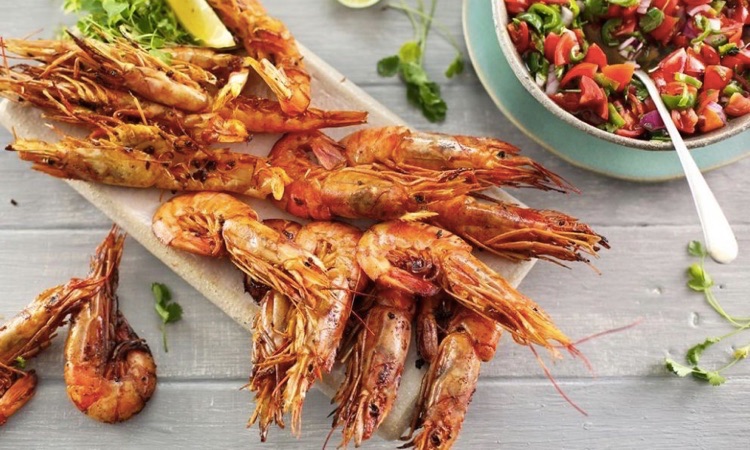
White Shrimp
White shrimp are only found in warm waters and will die if the temperature falls below 3 degrees Celsius (37 F). If they have access to the ideal temperature and salinity, white shrimp can grow very quickly, sometimes reaching 18 to 20 cm. Their natural habitats are usually between 30 and 80 m deep, where they live off of plankton.
They typically only live for around one year, are able to mate and produce up to 1 million eggs. Moreover, the larger white shrimp have been observed cannibalizing.
Daytona, southern and gray shrimp are all other names given to this species which is frequently found in the Gulf of Mexico and South Atlantic waters.
Chinese White Shrimp
The Chinese white shrimp is a popular seafood dish in China. They are farmed in large numbers and average a length of 17 cm to 19 cm. Sometimes, they can grow even larger!
They prefer colder waters and will be at a depth of 90 to 180m. They are all white with black stripes running along their backs, and they are also called the oriental shrimp or fleshy prawn.
Though this species was in decline in population, releasing young shrimp back into the ocean has caused its numbers to rebound significantly.
Deep Water Rose Shrimp
The deep water rose shrimp is a type of decapod that mainly resides in the Atlantic Ocean and parts of the Mediterranean Sea. These shrimps favor inhabiting muddy or sandy sea floors that are about 20 to 700 meters below the surface since larger shrimp will generally be found at greater depths.
Male deep water rose shrimp usually grow up to 16cm, while their female counterparts typically reach 19cm upon maturity. As they age, their diet becomes more diverse.
Foraminifera is its main food but they will also feed on other benthic organisms. The deep water rose shrimp has an orange-pinkish tint with a long antenna. They are sometimes eaten for their sweetmeat.

